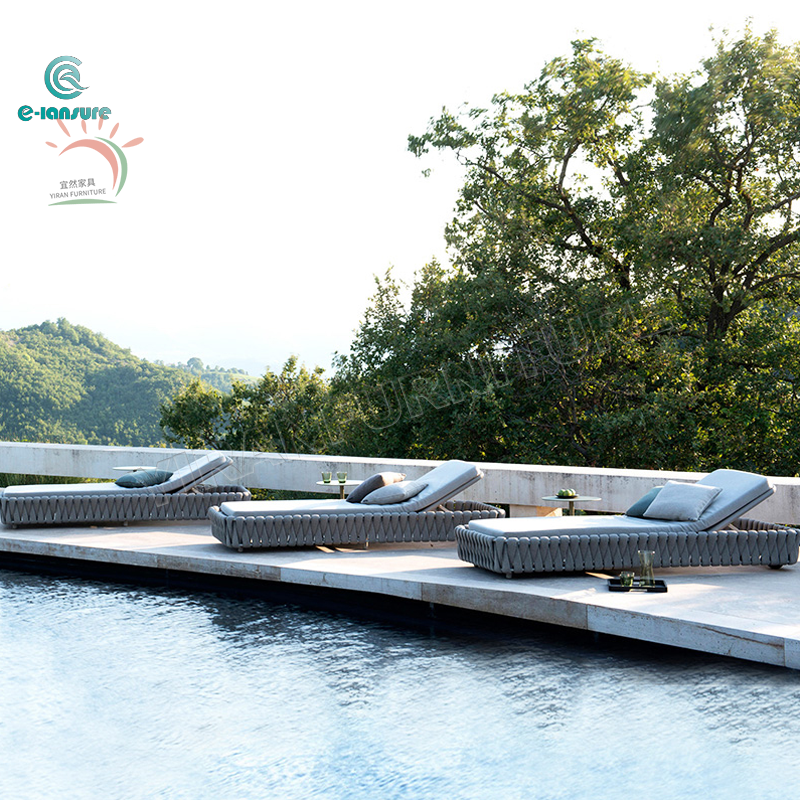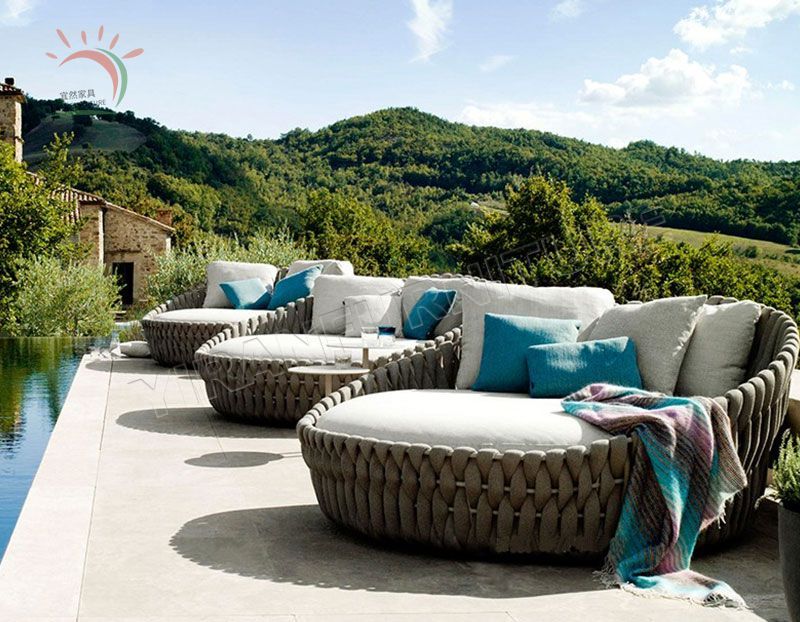Buying Guide in Choosing the Best Sun Lounger
Sep. 20, 2024
Selecting the ideal sun lounger can significantly elevate your outdoor relaxation. Given the myriad of styles, materials, and features, it's crucial to assess several essential factors before making a decision. This guide will assist you in sifting through the available choices to discover the best sun lounger tailored to your specific requirements.
Material Choices
The choice of material for your sun lounger plays a vital role in its lifespan, comfort level, and upkeep. Consider the following popular materials:
1. Wood
Wooden loungers impart a timeless, organic aesthetic. Teak, cedar, and eucalyptus are excellent options, noted for their ability to withstand the weather and their long-lasting nature. Regular oiling may be necessary to keep the wood looking nice.
2. Metal
Metal sun loungers, often made from aluminum or steel, are recognized for their sturdiness and contemporary design. Aluminum is light and resistant to rust, making it an easy-care choice. Steel loungers, while heavier, provide exceptional stability and support.
3. Rattan/Wicker
Rattan or wicker loungers infuse a graceful, exotic essence into your outdoor environment. Synthetic rattan is more durable and weatherproof compared to its natural counterpart. For enhanced durability, ensure the frame is made from a robust material such as aluminum.
4. Plastic
Plastic loungers are lightweight, budget-friendly, and easy to clean. Opt for UV-resistant plastic to prevent color fading over time. While they may lack the refinement of other materials, they are functional and adaptable.
Adjustable Outdoor Bed Lounge Chair
Comfort Considerations
Comfort is a pivotal aspect when choosing a sun lounger. Here are some features to think about to improve your leisure time:
1. Adjustable Backrest
The ability to adjust the backrest allows you to personalize your lounging experience, whether you wish to sit up for reading or lie down flat for sunbathing. Seek loungers that offer multiple reclining angles for increased adaptability.
2. Cushions
Cushions enhance comfort and support. Make sure that the cushions are crafted from weather-resistant and quick-drying fabrics. Cushions with removable and washable covers are particularly beneficial for easier upkeep.
3. Ergonomic Shape
Sun loungers with ergonomic designs provide better support for your body. Look for features like contoured seating, lumbar support, and cushioned armrests to enhance your comfort while lounging.
Mobility and Storage
If you plan on relocating your sun lounger frequently or storing it during off-seasons, think about its portability and storage characteristics:
1. Foldable Options
Foldable loungers are practical for storage and moving around. They can be easily assembled and stored compactly when not in use.
2. Lightweight Design
Lightweight loungers are easier to maneuver throughout your outdoor setting. Materials like aluminum and plastic are well-suited for lightweight and portable designs.
Longevity and Weather Resistance
Outdoor loungers must endure varying weather conditions. Evaluate these aspects to guarantee your sun lounger stays in good shape:
1. UV Protection
Materials that resist UV light prevent fading and deterioration from prolonged sun exposure. Seek loungers that feature UV-resistant treatments to preserve their appearance over time.
2. Water Resistance
It's critical that materials are water-resistant for outdoor use. Ensure that the frame and upholstery of the lounger can withstand rain and moisture without harm.
3. Rust Resistance
Metal loungers should have coatings that resist rust to prevent corrosion. Naturally, aluminum is resistant to rust, while steel loungers must be powder-coated for additional protection.
Aesthetic Appeal
Your sun lounger should harmonize with your outdoor decor. Think about these stylistic elements:
1. Color and Finish
Select a color and finish that harmonizes with your outdoor area. Neutral shades such as beige, gray, and brown offer versatility, while bright colors can lend a lively touch.
2. Design
Sun loungers come in an array of designs, ranging from sleek and modern to traditional and intricate. Choose a style that reflects your aesthetic taste and complements your other outdoor furnishings.
FAQs
Q: What maintenance does my sun lounger need?
A: Regularly clean with gentle soap and water. For wooden loungers, apply a suitable wood treatment periodically to keep them looking great. It's also advisable to ensure that cushions dry properly before being stored to prevent mold growth.
Q: Can I leave my sun lounger outside all year round?
A: Although some loungers can endure outdoor elements, it's best to store them during extreme weather events. Use protective covers and store cushions indoors to extend their lifespan.
Q: Are sun loungers suitable for indoor use?
A: Yes, they can be used indoors, providing a cozy seating option for relaxation rooms, sunrooms, or poolside areas.
Q: How should I decide on the size of my sun lounger?
A: Assess the available space in your yard alongside your personal comfort needs. Ensure the lounger is long enough to accommodate your body and wide enough for your preferred lounging position.
Choosing the right sun lounger encompasses evaluating material, comfort, portability, durability, and style. By considering these factors, you can find a sun lounger that enhances your relaxation experience and complements your outdoor setting.
74
0
0
Previous: None
Next: None



Comments
All Comments (0)